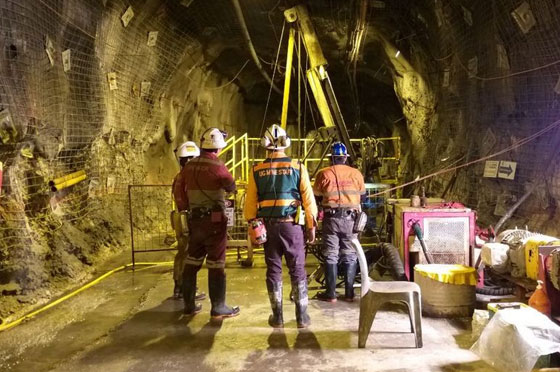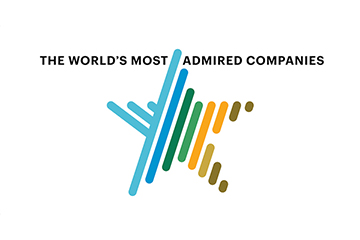GIS in the Mining World
27 September 2018
Geographic Information Systems also known as GIS is a technology essential to PT Freeport Indonesia, as it helps provide the company with an overview of not just the geography of our operations, but other important factors such as community locations, topography, weather and environment.
How essential is this technology for PTFI?
GIS incorporates geographical features with tabular data to map, analyze and assess real-world problems. Problems that could, and have occurred at the jobsite of the largest surface mine in the world.
The company uses a GIS system that integrates hardware, software and data for capturing, managing, analyzing and visually displaying all forms of geographically relevant information for operations around the world. The data is placed in "layers" on the GIS website on FM Web, which can be clicked on or off based on user needs. The layers include property boundaries, biodiversity/critical habitat data and water quality information - to name just a few - all accessed on demand through the website.
This information is used to provide insights to help in the company's decision-making processes.
As the mining industry has grown increasingly complicated, GIS has become invaluable in recording important data in relation to the geographic structure of the mine and nearby communities, including topographical, geological, geochemical and satellite images. On a basic level, the information gathered is used as a digital cartography - a map. On a more advanced level, it uses spatial and statistical methods to analyze information.
Using the ArcGIS system software, our geo-engineering team worked with several divisions, such as Geoengineering, Environmental, TRMP, Community Affairs, Underground and Concentrating to collect spatial information. Years of study and data collection can recreate a digital view of areas, such as the Grasberg surface mine and underground mines. It also has a survey function that allows local planning and residential data to show for the local town of Banti.
There are many ways to collect data for GIS, from field work to using drones and images taken from a helicopter. The GIS team at PTFI are experts in spatial analysis and skilled in using ArcGIS software.
The GIS team continuously monitors spatial data for the open-pit and underground mines at PTFI. Data in the Web-GIS is updated periodically based on measurement or models, providing divisions, departments and users an easy way to monitor various business aspects.
Future of Mining = GIS
Information technology has developed rapidly, benefiting GIS and the management of information on mining operations. Today, mine manages can target production and mine-safety mitigation using an integrated system with geo-spatial data formats. This helps managers and field supervisors work more efficiently by monitoring mining operations in near-real time.
The GIS web and intranet-based technology at PTFI allows employees involved in production and support easy access to relevant information as needed. In addition, users can compile thematic data for their departments into a basic GIS Enterprise Basemap. This makes GIS technology useful across divisions as well as enterprise wide. Using the GIS-Portal Story-Map application also helps present information in an interesting, interactive way.
With the latest GIS technology, supervisors can monitor their group’s activities by using the GIS Operational Dashboard as a 'Control Panel' of mine operation activities in real-time, including safety mitigation, monitoring geotechnical aspects and mining-equipment activities. (im)
Back To List






